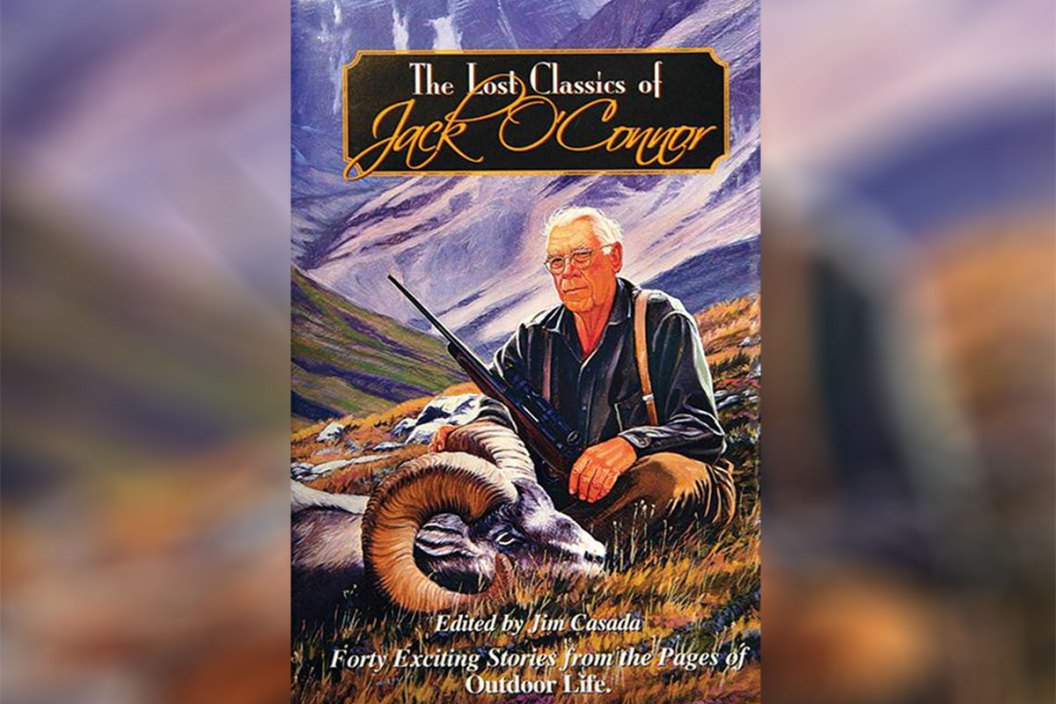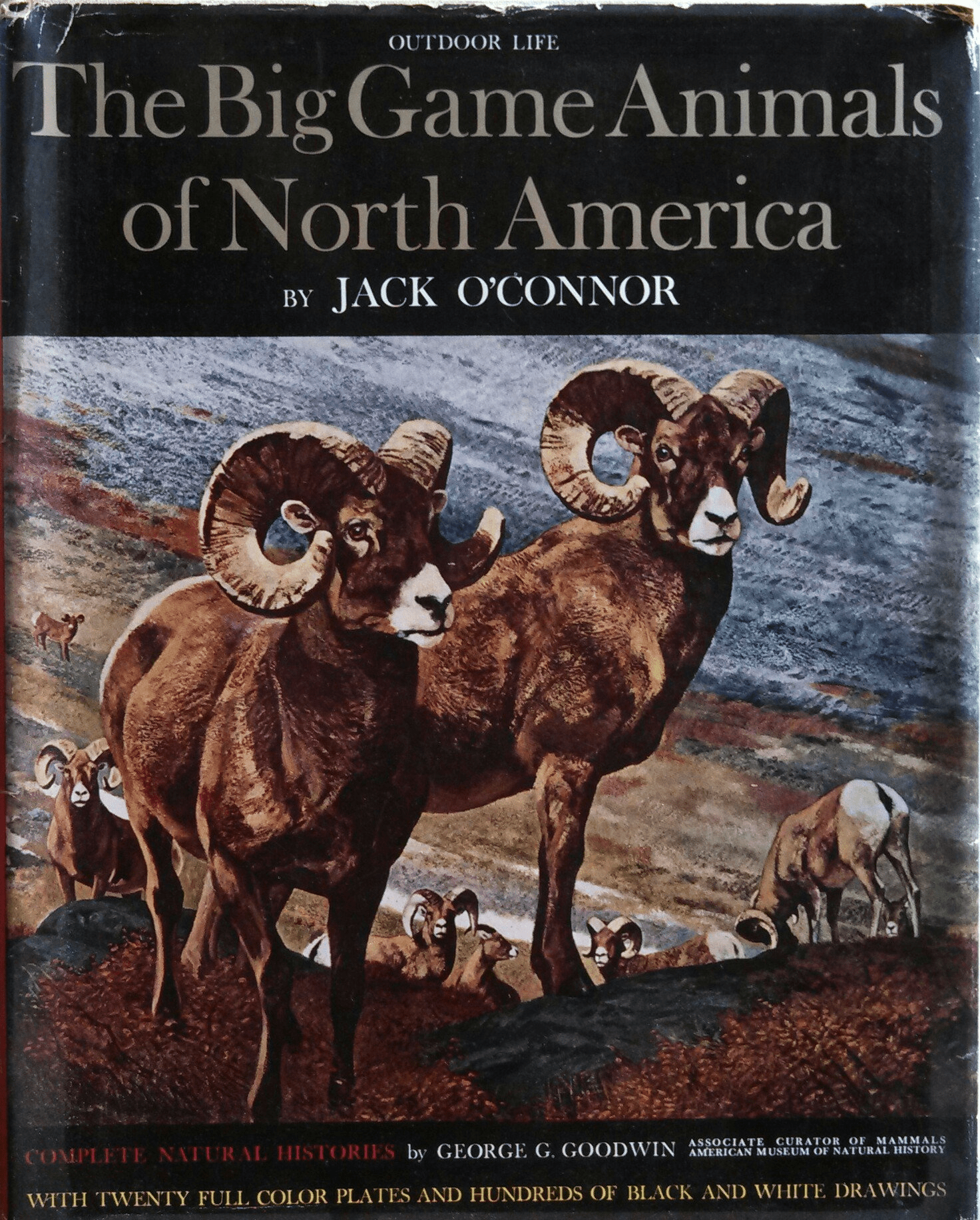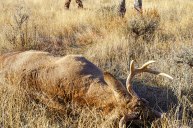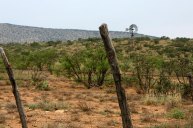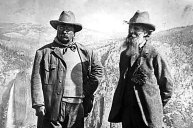Jack O'Connor loved the outdoors and writing about hunting and firearms. His teachings on the natural history of big game animals are as beloved as the man himself.
Jack O'Connor has such a considerable and lasting legacy that it's hard to find a starting point. He was born is the early 20th century in Arizona, an area that he faithfully described as "the last frontier," to hard-working parents that unfortunately divorced early in his life.
It was encouraging to know that after his mother moved he and his sister to Tempe, his maternal grandfather (James Wiley Woolf) and his paternal uncle (Jim O'Connor) were instrumental in teaching him to use firearms and encouraging his interest in hunting.
Any of us that have grown up in the last 50 years or even longer fed our early outdoor generated lives by reading O'Connor's stories and books, particularly in the pages of Outdoor Life magazine. He had a Master's Degree in English and Journalism and used that knowledge and his writing prowess to teach us about not only hunting and firearms use, but he was instrumental in helping future outdoorsmen and women understand what it means to be a conservationist.
According to the Jack O'Connor Hunting Heritage & Education Center, "Jack was very active with the Arizona Game Protective Association, which eventually evolved into the Arizona Wildlife Federation of today," and "In 1972, he was selected by a national poll of more than 5,000 outdoor writers and conservationists for the prestigious Winchester-Western Outdoorsman of the Year Award."
Jack O'Connor
It is said that Jack O'Conner was the "undisputed dean of outdoor writers" and very few would disagree with that. For decades, his outstanding articles in Outdoor Life brought the excitement of the hunt and a sense of appreciation for wildlife to millions of people, not just in the U.S. but throughout the world.
At the age of 46, due in part to the incredible expansion of people into Arizona after the second World War, O'Connor moved his family to Lewiston, Idaho where he would spend the remainder of his life until his death in 1978. Before then, he taught English at the University of Arizona as its first journalism professor.
In his early days in the Nogales, Arizona Territory, he tried to enlist in the Army at the age of 15, but was discharged due to a diagnosis of chronic tuberculosis. He even spent a summer shooting deer to feed an uncle's sawmill workers in Sinaloa, Mexico just after high school. Jack attended Arizona State University for two years, the University of Arizona at Tucson, and the University of Arkansas before finally finishing his studies at the University of Missouri.
He wrote various early stories for both Sports Afield and Field & Stream, but his first article published for Outdoor Life in 1934 was a conservation piece entitled "Arizona's Antelope Problem." In it he proposed an open season for Arizona's antelope herd as a way of creating interest in hunters and more importantly, the Arizona Game Department to aid in the burgeoning antelope population.
Maybe most notably, he was a lifelong proponent and teacher of firearm use. By 1936, he was becoming well known as an outdoor writer on the subject of firearms, hunting, and big game natural history. Then came an exclusive contract with Outdoor Life as its gun columnist, and an assumed position of Arms and Ammunition Editor for the magazine in 1941.
His vast hunting experiences took him to many African countries, India, and he even hunted with royalty in Iran. Still, it was the small-town life in his adopted Idaho that gave him much of his hunting pleasure by way of the magnificent big game and upland bird hunting opportunities that we all covet.
As the HHEC said,
"He served as secretary of the Lewis-Clark Wildlife Club and fought against the construction of new dams in the Clearwater drainage which would destroy elk winter range and adversely affect steelhead and salmon."
Even though Jack "retired" from his position at Outdoor Life in 1972, he immediately began as executive editor for the new Petersen's Hunting Magazine where he served until his death in 1978.
Jack O'Connor Books
During his lifetime, O'Connor wrote 16 books, many of which were revised and updated later due to their immense popularity. You can see a complete list of his magnificent books right here, but here are some of the most popular and intriguing titles in North America to this day.
- Game in the Desert
- The Complete Book of Rifles and Shotguns
- The Big Game Animals of North America
- Jack O'Connor's Big Game Hunts
- Horse and Buggy West: A Boyhood on the Last Frontier
- Rifle and Shotgun Shooting Basics
- Sheep and Sheep Hunting
- Hunting Big Game
- Hunting on Three Continents With Jack O'Connor
Jack O'Connor's Legacy
As a gun writer, O'Connor was unmatched in his wit as an communicator. He was able to explain technical ideas using humor and personal narratives in a way that the average hunter could both understand and find entertaining.
He introduced a legion of hunting fans to North American big game animals that they had never heard of before, such as the desert bighorn sheep and the pronghorn antelope.
He was a lifelong writer and a full-time sportsman who understood that the hunting rifle was an important tool for the hunting community. As a shooting editor, he sought to teach us everything about it.
As a hunter, his promotion of the vaunted .270 Winchester is part of what made this valued caliber cartridge what it is today. His valued written opinion is what influenced gun manufacturers everywhere to create lighter, easier to swing stocks. It's the sort of firearm that thousands of hunters desired, mainly because he made them see the advantages.
One of his most lasting contributions to hunting and shooting was the idea that shot placement was much more important than the caliber of the rifle.
As a formerly young, impressionable hunter and decidedly ravenous reader, I can remember when the newest copy of Outdoor Life would come in the mail. My father, grandfather, and I shared them with each other in the simplest of ways: leave it on the coffee table out in the open so we could see those amazing artist's renditions of big game animals alongside of the name "Jack O'Connor" and his newest article enclose within.
There are as many venerable and respected outdoor publications and writers as there are deer in the woods, but none of us could have had the hunting career we've had without reading something by this man.
Looking for a little more or even hot lunch for your hunting blind? Follow my webpage, or on Facebook and Twitter.
NEXT: WHY I CHOSE NOW TO WRITE A HUNTING BOOK
WATCH
